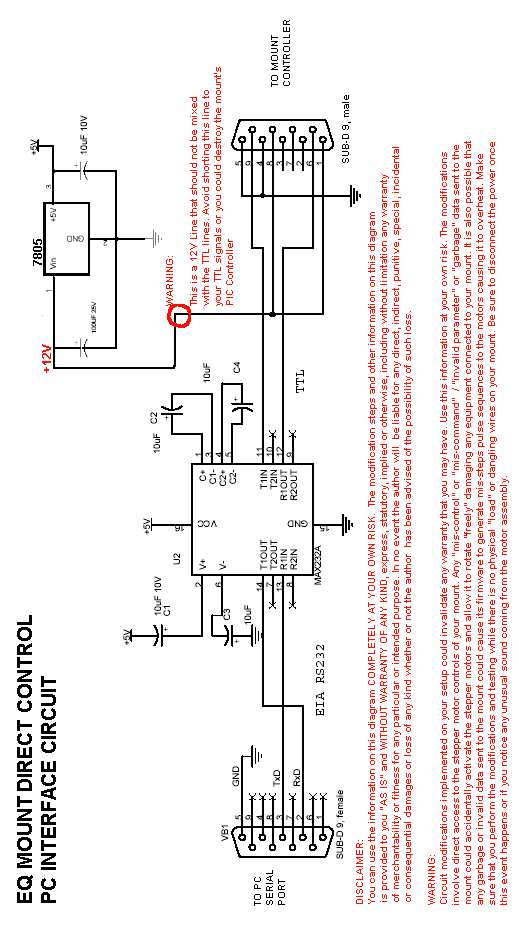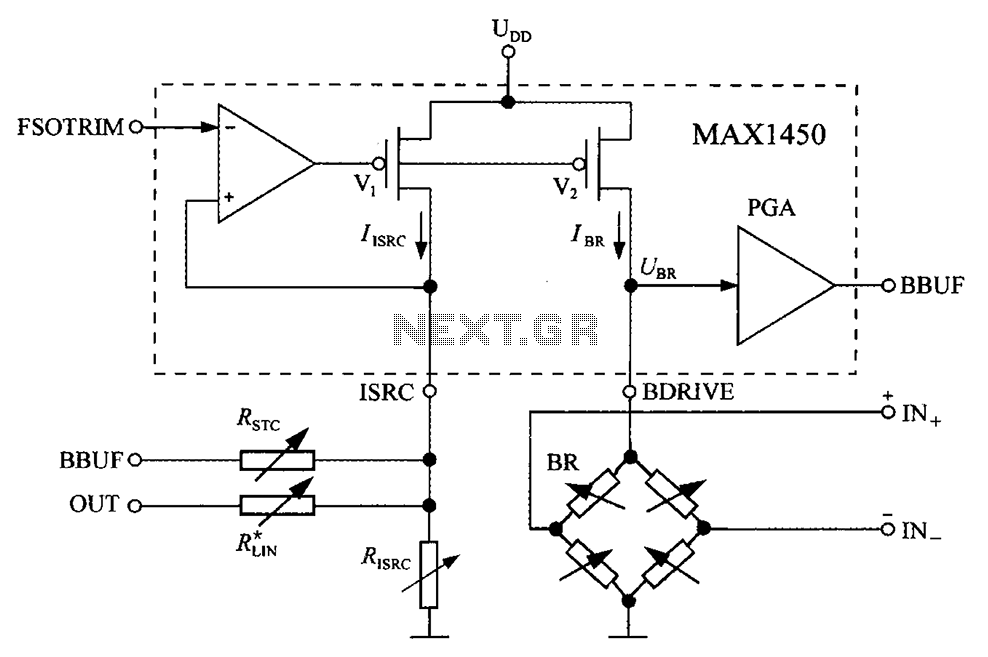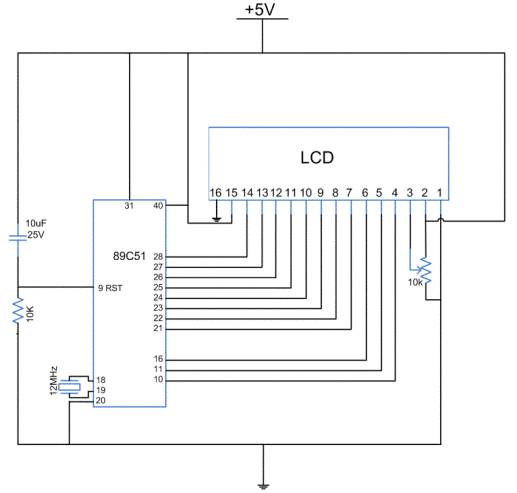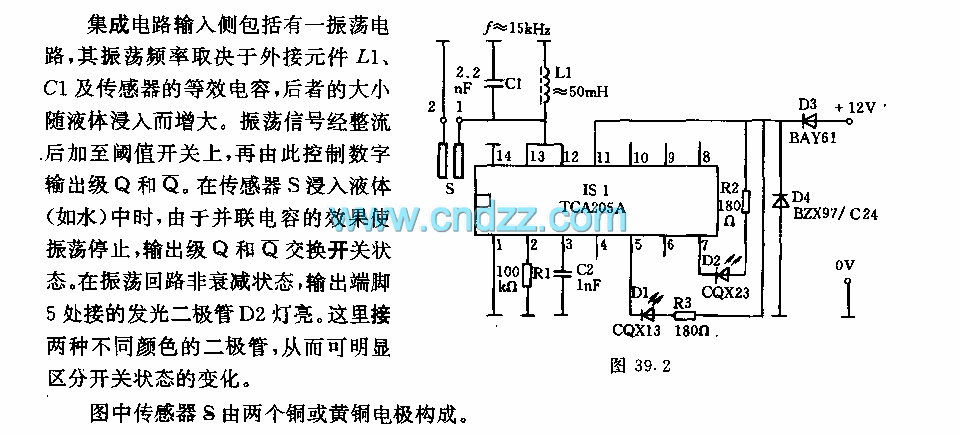
Microcontroller measures heart rate through fingertip
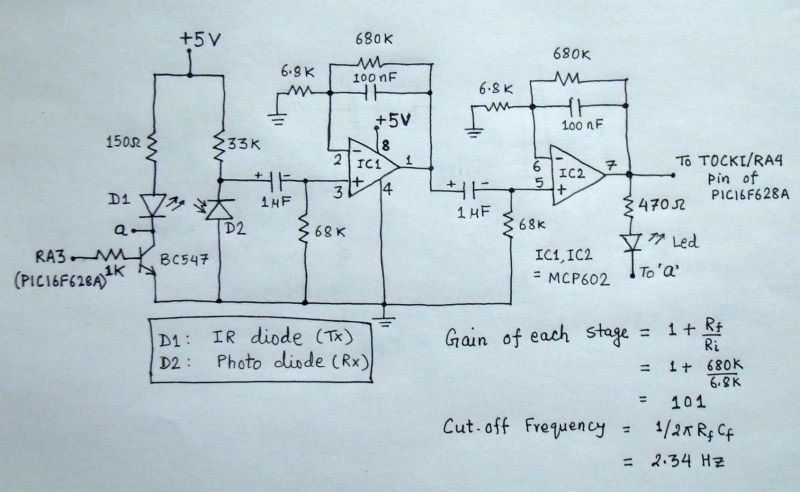
The reflected infrared (IR) signal detected by the photodiode is sent to a signal conditioning circuit, which filters out unwanted signals and amplifies the desired output.
The circuit begins with a photodiode that captures the reflected IR signals. The photodiode operates by generating a small current proportional to the intensity of the incoming IR light. This current is typically weak and requires amplification and conditioning to be useful for further processing.
The signal conditioning circuit includes a low-pass filter to eliminate high-frequency noise that may interfere with the desired signal. This filter can be implemented using passive components such as resistors and capacitors or through active components like operational amplifiers configured in a filter topology. Following the filtering stage, an amplifier circuit is employed to boost the signal to a suitable level for subsequent processing.
The amplifier may utilize a non-inverting configuration to ensure that the signal phase is maintained while providing the necessary gain. The gain can be adjusted by selecting appropriate resistor values in the feedback loop of the operational amplifier.
After amplification, the conditioned signal can be further processed by an analog-to-digital converter (ADC) if digital signal processing is required. This allows for the integration of the system with microcontrollers or digital signal processors, enabling advanced functionalities such as signal analysis, data logging, or real-time monitoring.
Overall, the design of the signal conditioning circuit is critical for ensuring accurate and reliable detection of the reflected IR signals, making it a vital component in various applications such as proximity sensing, object detection, and automated control systems.The reflected IR signal detected by the photo diode is fed to a signal conditioning circuit that filters the unwanted signals and boost the desired pu.. 🔗 External reference
The circuit begins with a photodiode that captures the reflected IR signals. The photodiode operates by generating a small current proportional to the intensity of the incoming IR light. This current is typically weak and requires amplification and conditioning to be useful for further processing.
The signal conditioning circuit includes a low-pass filter to eliminate high-frequency noise that may interfere with the desired signal. This filter can be implemented using passive components such as resistors and capacitors or through active components like operational amplifiers configured in a filter topology. Following the filtering stage, an amplifier circuit is employed to boost the signal to a suitable level for subsequent processing.
The amplifier may utilize a non-inverting configuration to ensure that the signal phase is maintained while providing the necessary gain. The gain can be adjusted by selecting appropriate resistor values in the feedback loop of the operational amplifier.
After amplification, the conditioned signal can be further processed by an analog-to-digital converter (ADC) if digital signal processing is required. This allows for the integration of the system with microcontrollers or digital signal processors, enabling advanced functionalities such as signal analysis, data logging, or real-time monitoring.
Overall, the design of the signal conditioning circuit is critical for ensuring accurate and reliable detection of the reflected IR signals, making it a vital component in various applications such as proximity sensing, object detection, and automated control systems.The reflected IR signal detected by the photo diode is fed to a signal conditioning circuit that filters the unwanted signals and boost the desired pu.. 🔗 External reference
